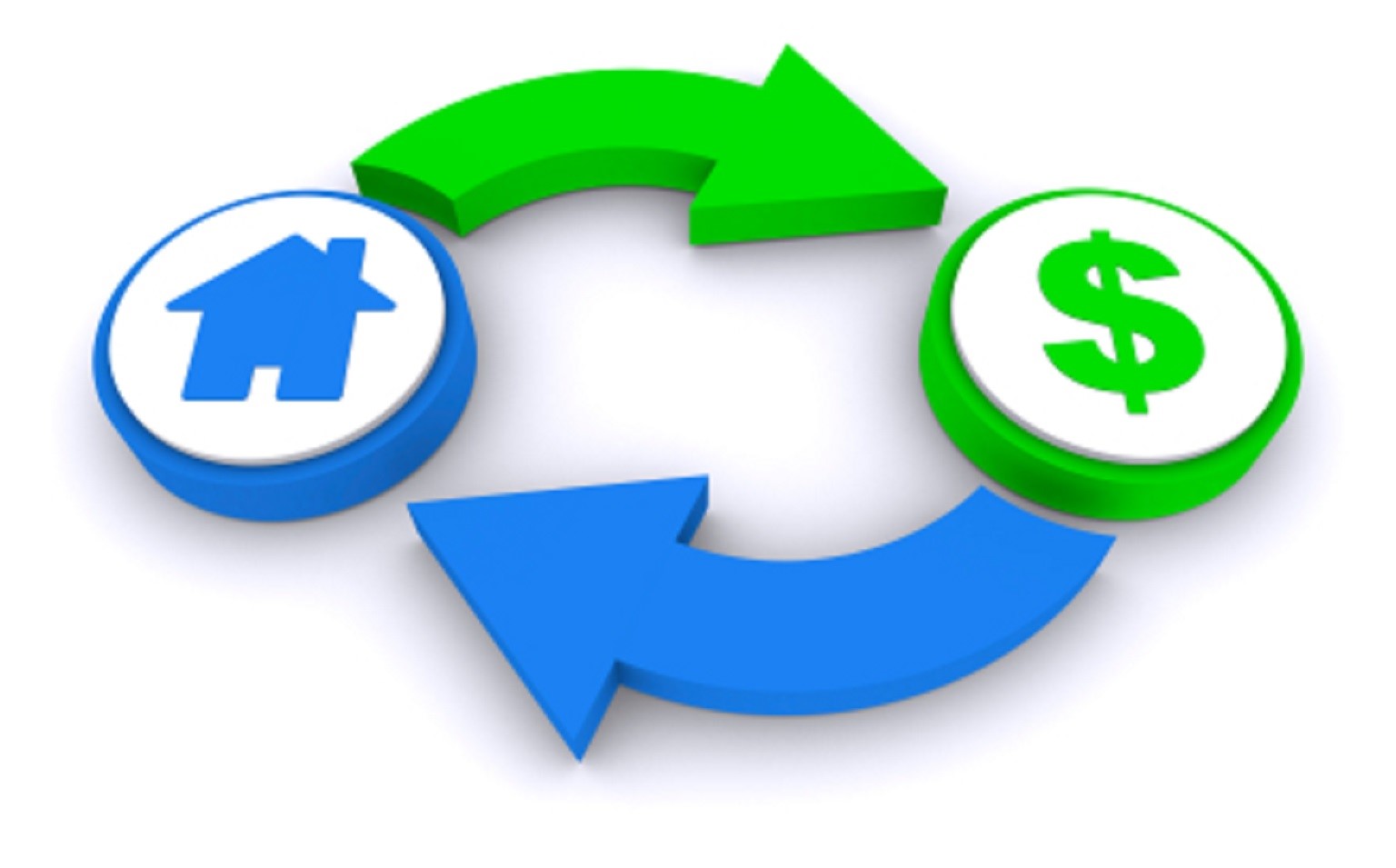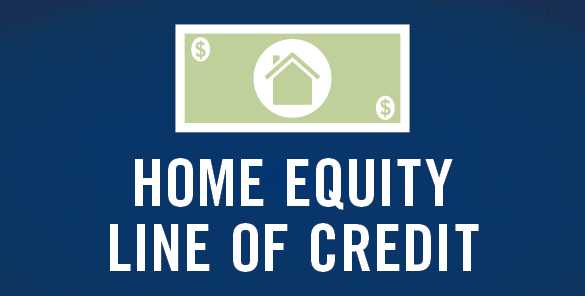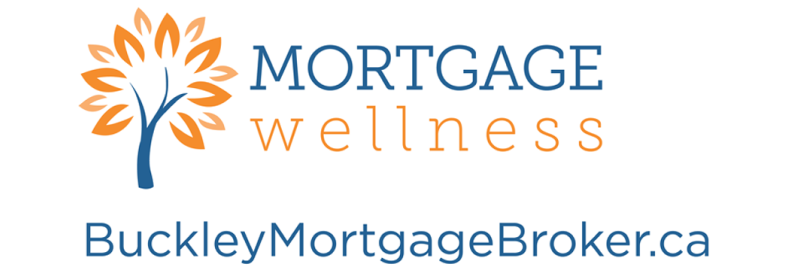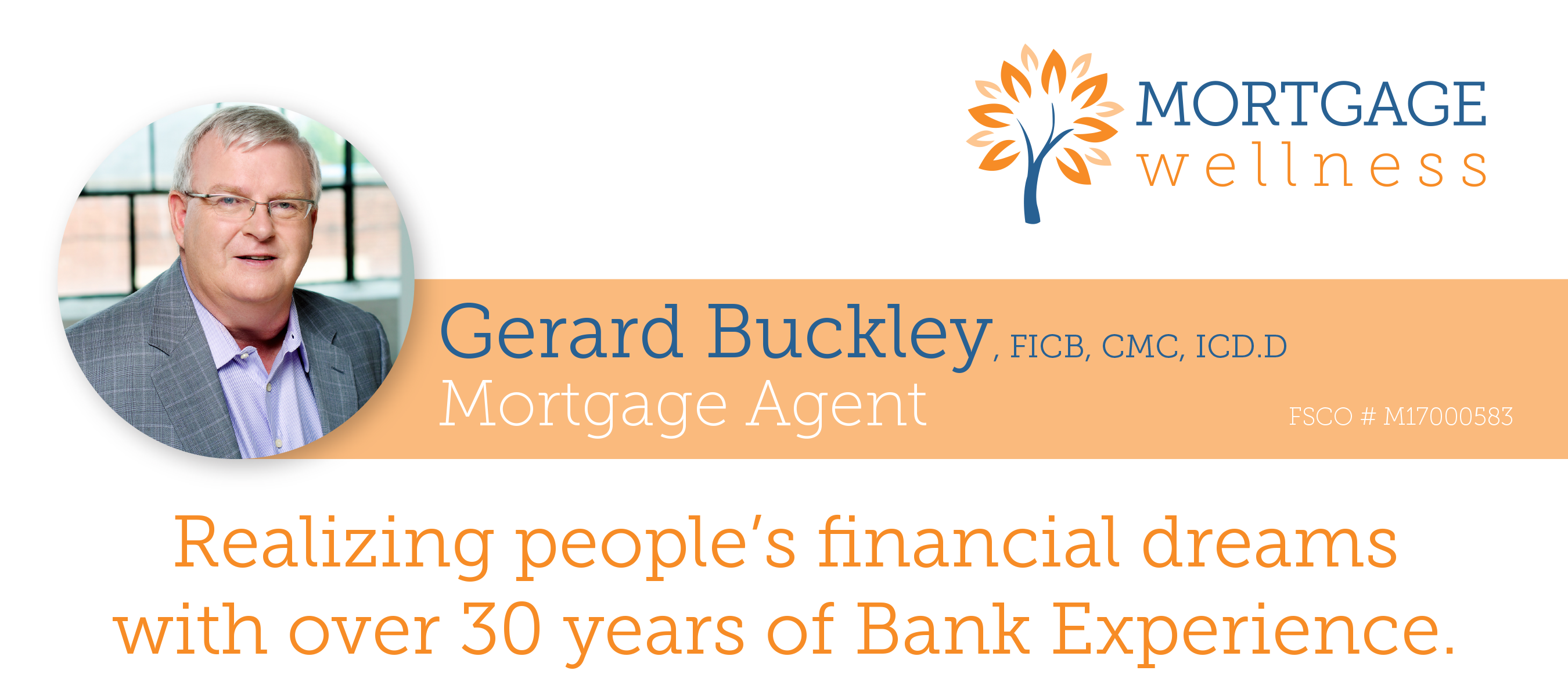Unlocking Real Estate Wealth for Retirees and Seniors:
Reverse Mortgages versus Home Equity Line of Credit
As retirees and seniors approach a new stage in their lives, they are faced with a common question: How do I facilitate a comfortable and financially independent retirement? In developing a financial plan, senior homeowners can leverage the equity in their home to help finance their retirement and unlock their wealth.
The Reverse Mortgage and the Home Equity Line of Credit (HELOC) are common financing alternatives available for seniors that unlock the value in their home. Both options allow seniors to unlock equity in their home and can lead to a more fulfilling retirement, however they have key differences that must be considered before deciding which route to take.
These alternatives are often better considerations than accumulating other consumer loans and credit card debt at higher interest rates. Canadian conservatism has dictated a reluctance on behalf of seniors to unlock the equity in their homes. This is changing with over 450 million in reverse mortgages being granted in Canada in 2016, a 26% increase over 2015.
Reverse Mortgage

The Reverse Mortgage allows homeowners to access cash immediately without making any payments until the home is sold. All interest payments are added to the final repayment, which is covered by the sale of the home. Homeowners over the age of 55 can secure up to 55% of their home’s value in tax-free cash, regardless of the homeowner’s credit score. Interest rates are slightly higher for Reverse Mortgages than HELOCs since there are no monthly payments.
Homeowners seeking a Reverse Mortgage can receive between $20,000 and $750,000, none of which will affect any Old Age Security or Guaranteed Income Supplement government benefits that the homeowner may be receiving. When the home is eventually inherited by the homeowner’s beneficiary, the home can be sold or remortgaged with a standard mortgage to pay off the Reverse Mortgage. On average, 50% or more of the home’s value is still equity by the time the Reverse Mortgage is paid off. Regardless of how long the senior homeowner remains in the home, the principal and interest owed for the Reverse Mortgage will never exceed the value of the home, ensuring there is no financial burden on their future beneficiaries.
Home Equity Line of Credit
 The home equity line of credit (HELOC) allows homeowners to borrow from a pre-determined credit limit, without having to pay back the amount borrowed until the end of the loan. The home equity line of credit can account for up to 65% of the home’s value, however, the credit limit will depend on the homeowner’s credit evaluation. A home equity line of credit can also be combined with a regular mortgage to account for up to 80% of a home’s value. The interest rate and credit limits in a home equity line of credit are both flexible over the duration of the loan, making home equity lines of credit riskier than Reverse Mortgages.
The home equity line of credit (HELOC) allows homeowners to borrow from a pre-determined credit limit, without having to pay back the amount borrowed until the end of the loan. The home equity line of credit can account for up to 65% of the home’s value, however, the credit limit will depend on the homeowner’s credit evaluation. A home equity line of credit can also be combined with a regular mortgage to account for up to 80% of a home’s value. The interest rate and credit limits in a home equity line of credit are both flexible over the duration of the loan, making home equity lines of credit riskier than Reverse Mortgages.
Home equity lines of credit typically have lower interest rates than Reverse Mortgages and provide more flexibility for the homeowner. The ability to draw money whenever needed provides financial security for the homeowner in the event of an emergency or an unplanned expense. Any portion of the principal borrowed in a home equity line of credit can be paid at any time. The only required payments each month are interest payments accumulated on the amount borrowed so far, while the loan itself has no maturity date.
Making the Decision
When deciding between which financing option is best, it is important that the homeowner realize the benefits and risks associated with each option. Reverse Mortgages are excellent for those who would like to receive cash either upfront or monthly without having to worry about monthly interest payments. If the homeowner is a senior that does not need flexibility in cash flow and is comfortable on a fixed income, a Reverse Mortgage might be best. This option is also suited for those who have trouble making monthly payments or cannot achieve credit approval for a HELOC.
The HELOC is well suited for homeowners who are confident in their ability to pay down debt and have different cash needs from month to month. Being able to access cash on an as-needed basis allows for spontaneous payments and expenses, making it easier to deal with unexpected emergencies or illness. However, homeowners should be aware of changes in interest rates and credit limits as they could affect the homeowner’s ability to make payments. Only those who intend to be diligent with their finances should consider a HELOC. Interest rates will tend to be lower in HELOCs due to the lender’s ability to change them at any time and can be a cheaper alternative to the Reverse Mortgage if the homeowner has the financial stability to take on risk. Depending on the amount of cash desired, HELOC may be the best option as homeowners can receive more money in a HELOC depending on their credit score.
Rob Carrick of the Globe and Mail stated on June 28th in his Globe Investor Personal Finance Column that “there are three trends in the use of reverse mortgages that include – strong price increases over the past decade in many housing markets, rising debt levels and an unwillingness to compromise our lifestyles to save more.”
When looking to unlock the equity in their home, it is important for seniors to consider both options and determine which is best for their current situation.
Gerard Buckley – Licensed Mortgage Agent with over 40 years of banking and finance experience @jaguarmortgages and jaguarmortgages.ca would be pleased to assist you to consider your alternatives.
You can be assured that Gerard will treat your Mortgage and Real Estate Decision like it is his own.
Please Call Gerard at 866-496-4028 for a complementary consultation.



